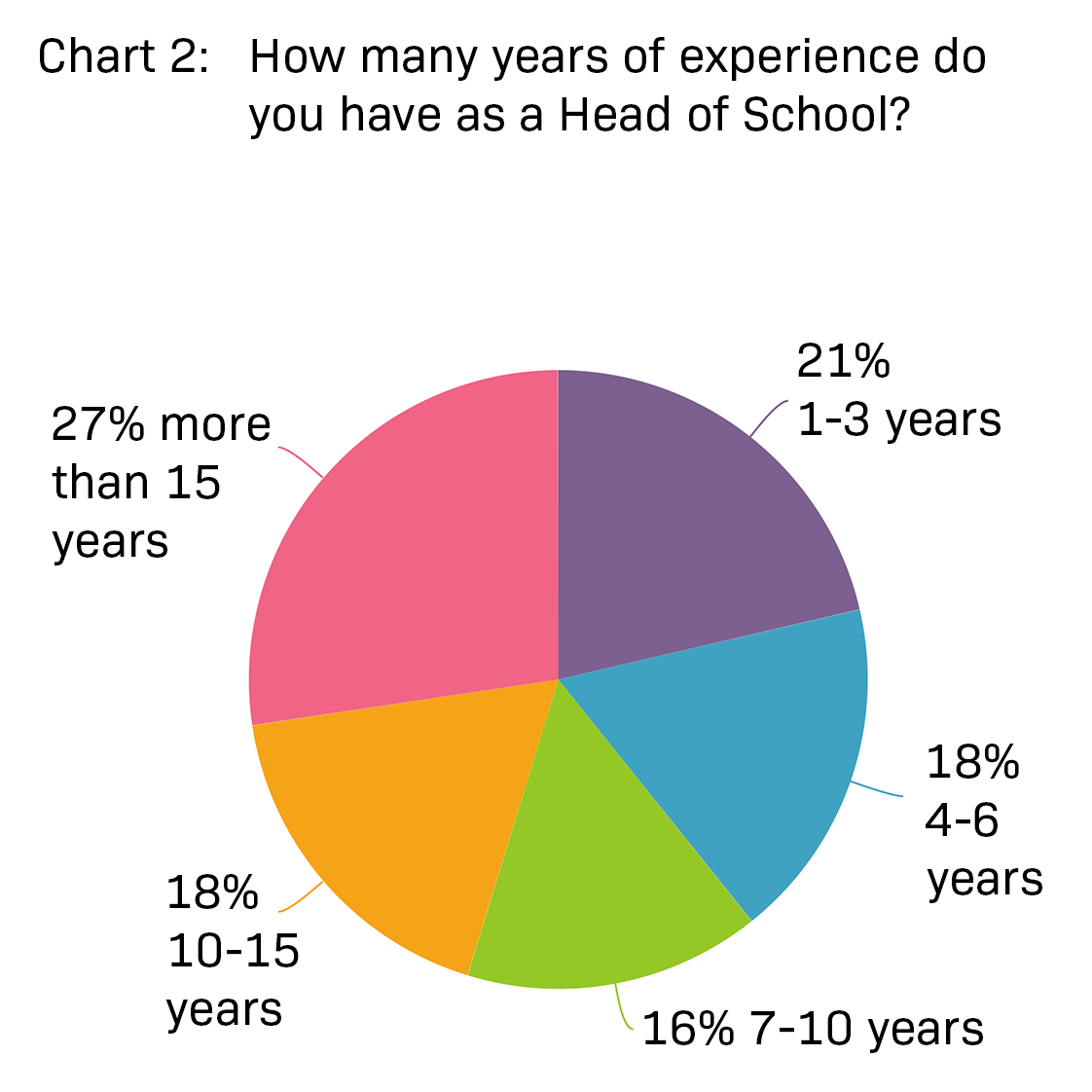This is the second time in less than 12 months that we have surveyed Heads of School in our network: in July of last year we had 75 Heads responding and in March we had 84 Heads of School completing the survey (See charts below).
 |  |
At OESIS, we have come to a view on independent school governance and have used the surveys to collect evidence to validate or invalidate these views. They are concerned with the differences between “Inputs”, “Outputs” and “Outcomes”. Independent schools are measured almost exclusively by “Inputs” like enrollment or “Outputs” like strategic plans, and as we argued in the series of articles on NAIS Governance and Strategic Planning, schools have evolved into a condition of serious misalignment.
This Survey Report is divided into 3 sections: Governance, Teachers, and DEI. In this section (Part 1), we look…



